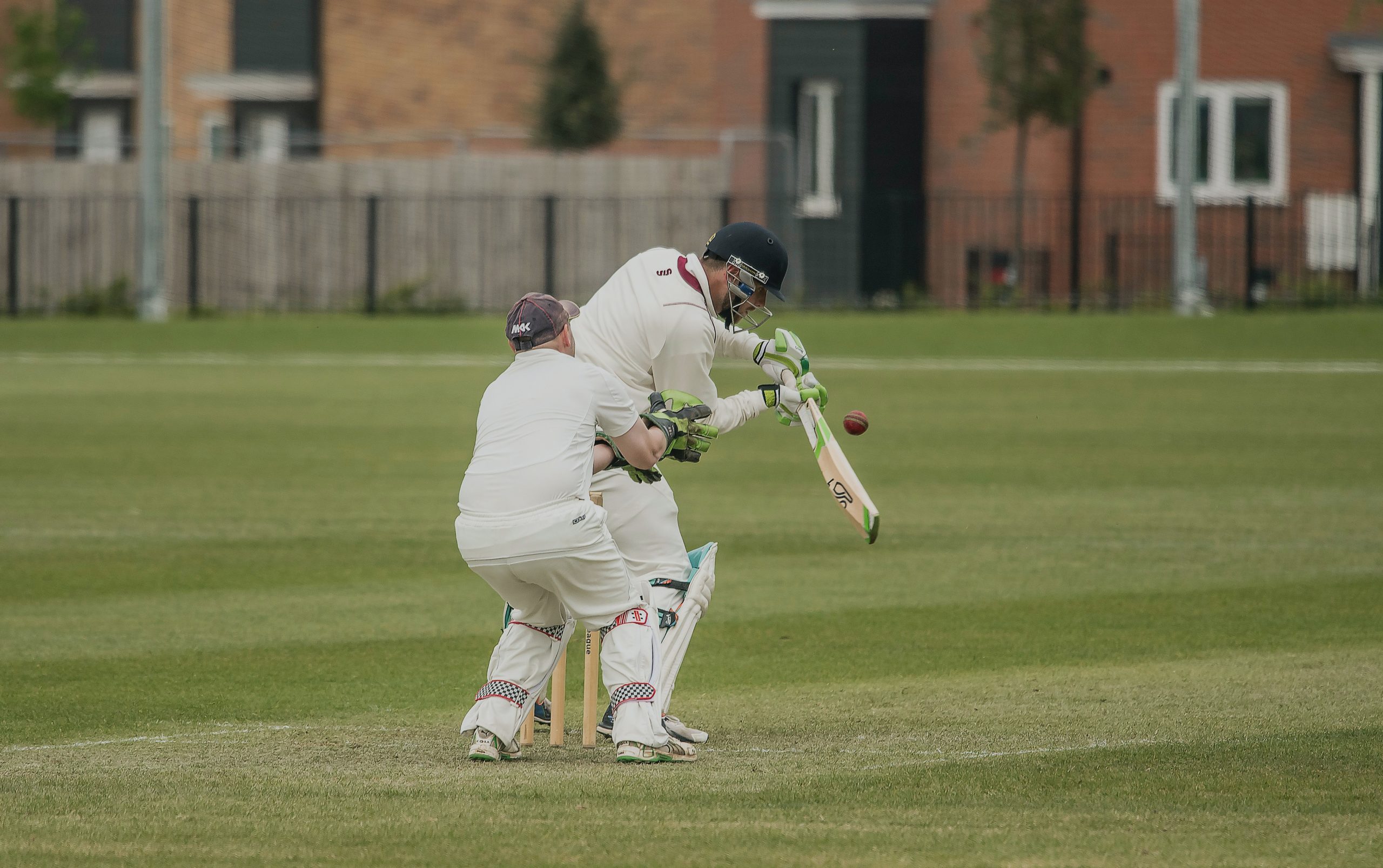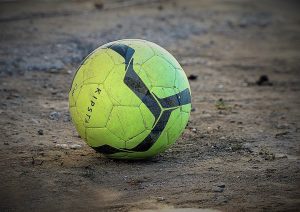
To become a good hitter, choosing the right type of bat is critical. The right racket can not only support your hitting skills, but it can also improve your performance and technique.
But how will you understand the right bat for you? Choosing a cricket bat is not a breeze and it takes years of practice to understand which cricket bat is perfectly right for you. The best we get to Kohli is not that for Donnie. Choosing the right game takes a lot of experience and a deep understanding of your game. However, starting with some basic knowledge can help you find the perfect match faster. Unfortunately, most beginners and informal batsmen make the mistake when choosing bats due to a lack of knowledge. Here is a guide to help you get started on the right note.
When purchasing a cricket bat, consider the following factors:
Ball
To get started, decide which ball to use with the cricket bat. If you like to play with tennis, take a cricket tennis racket. You will need a thicker paddle if you want to play with the leather ball.
Size
It is important to choose a bat that fits your size. If you are an adult, choose a full size racket. If you are 11 or 12 years old, then a size 6 bat is perfect for you. If you are smaller, choose size 4 or 5. Sizes vary based on blade size and handle size. The largest size, i.e., the adult size, is called the long blade and denoted by the symbol LH. The image below shows the different bat sizes available and recommendations based on height.
Wood used
Cricket bats are made from willow. There are two main types – English willow and cashmere willow. The English willow is the most common and the most expensive of the two because it is soft and fussy, and gives the bat the right properties – balance, strength and durability. The English willow bat is softer and less grainy than the cashmere willow bat. However, it is very difficult for an untrained eye to distinguish the two. Cashmere willow bats are good (cheaper) to learn to sport, but harder (due to their higher moisture content). However, the more you improve your game, the more you need to own English pasture.
Weight
Weight is definitely one of the most important factors to consider when purchasing a racket. English willow is lighter than its cashmere counterparts. The lighter bat will move faster and will aid in better bat control. However, the weight of the racquet you want to play with depends entirely on you – your fitness, your hitting style, and the position you’re at. Lighter bats prefer when bats hitting the pacemakers are unlocked with the new ball, while end-of-rounds burst hitters want more wood to make sure even failures clear the fence. You will likely feel more comfortable with a heavier racket and will not know if you didn’t spend enough time hitting it. Do you remember how Mr. Sachin Tendulkar used a very heavy paddle even though it was smaller than most of his contemporaries?
Legumes
The grains are rectangular lines across the blade that indicate the age of the willow that bats are made of. The longer the grain, the older the pasture and the better the performance, but the durability is less. If the bat has more than 10 grit, then the bat is player quality. However, smaller grains indicate stronger and longer life wood. A bat with 6+ grit is considered good and rated as B + bat, while 10+ grit is considered an A + bat. Anything between 6 and 8 pods is a good bat to play with.
Hit style and sweet places
Each racket has a nice spot (center) – the area that creates the maximum timing on the ball. The location of the sweet spot depends on the structure and shape of the bats – mainly as most of the wood is added to the back of the blade. Which bat to wear depends on your style and will be unique to you. Front-foot players feel more comfortable with low-bats, while rear-foot players typically prefer taller, medium-sized bats – great for pull-ups and cuts.



